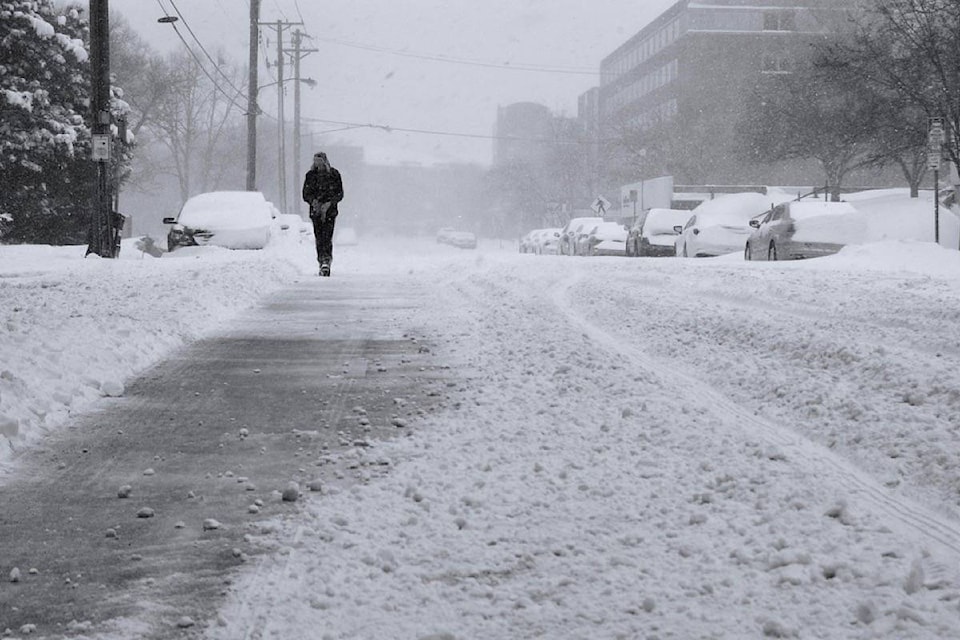The first cold snap of the year led the province’s peak electricity demand to increase by an average of 13 per cent on Feb. 3 and 4 compared to the same days last week.
With colder than normal temperatures forecast through the middle of the month, the demand for electricity is expected to remain high, and BC Hydro is preparing for near-record breaking loads.
BC Hydro is forecasting peak hourly demands in the range of 9,600 megawatts to 10,000 megawatts. The highest hourly peak demand was recorded on Jan. 3, 2017, when consumption reach 10,194 megawatts.
During the winter months, BC Hydro records the highest demand for electricity between 4 and 8 p.m. on weekday evenings. This is when British Columbians come home, turn up the heat, switch on the lights, and turn on appliances in the kitchen to make dinner.
To offset the additional heating requirements, keep your house warm, and decrease your electricity bill, BC Hydro recommends:
• Keep the thermostat at the ideal temperature: The thermostat should be set at 16° C when away from home or sleeping, 18° C when cooking or doing housework, and 21° C when relaxing at home.
• Install draftproofing: Gaps and cracks around doors and windows let cold air into the home and warm air out. Draftproofing can reduce heat loss by up to 10 per cent.
• Close curtains, blinds, and drapes: This can provide an extra level of insulation to reduce cold drafts entering the home through windows.
For more ways to save energy and money this winter, visit www.powersmart.ca.
editorial@accjournal.ca
Like us on Facebook and follow us on Twitter
